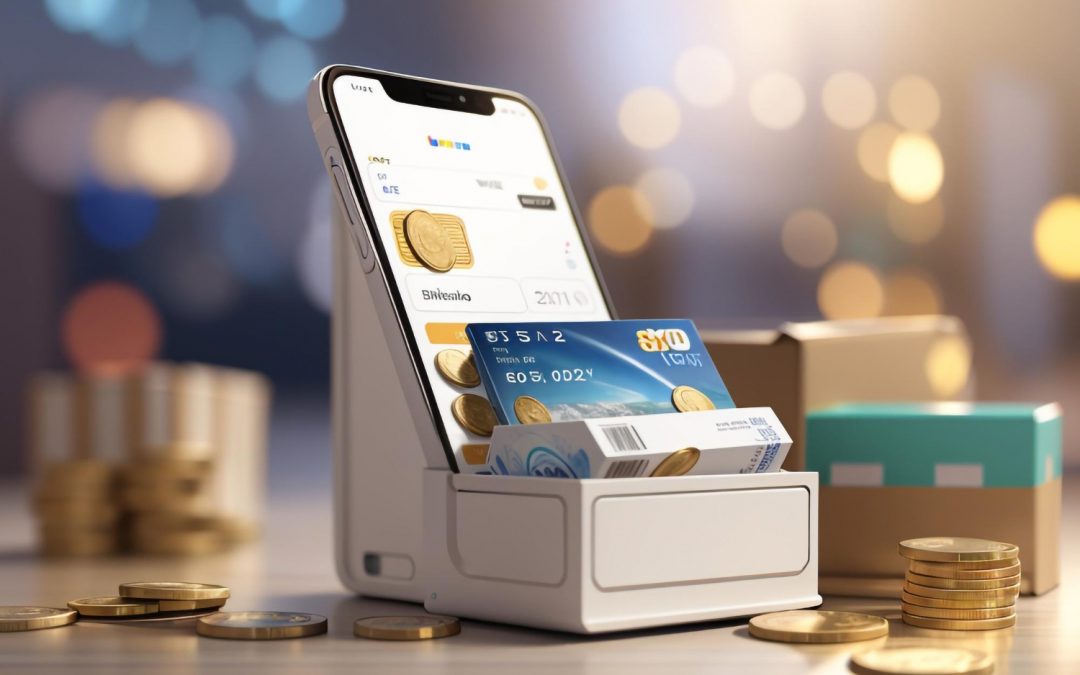In today’s fast-paced and increasingly cashless society, businesses of all sizes rely on efficient and secure payment processing solutions. Gone are the days of clunky cash registers and limited payment options. Enter the era of virtual payment terminals, offering flexibility, speed, and a wealth of features to streamline transactions and enhance customer experiences.
But with two main deployment options – on-site and cloud-based – choosing the right virtual payment terminal can feel like navigating a financial labyrinth. Fear not, intrepid entrepreneur! This guide will equip you with the knowledge to make an informed decision, ensuring your business swipes its way to success.
On-Site Terminals: The Brick-and-Mortar Stalwart
On-site terminals, traditionally connected to a physical phone line or internet router at your business location, have been the mainstay of payment processing for years. Here’s a breakdown of their key features:
Pros:
- Offline processing: Can process payments even when the internet is down, offering a vital backup for businesses with unreliable internet connectivity.
- Data security: Sensitive cardholder data is stored locally, potentially reducing concerns about cloud-based security breaches.
- Customization: Often offer a wider range of hardware options and configurations to suit specific business needs.
- Ownership: Ownership of the hardware provides greater control over the system and potential tax benefits.
Cons:
- Higher upfront cost: Requires purchasing and maintaining the hardware, which can be expensive, especially for multiple terminals.
- Limited mobility: Restricted to your physical location, hindering transactions outside your store or during mobile sales.
- Software updates: Updating software requires manual intervention, potentially leading to delays and compatibility issues.
- Technical expertise: May require dedicated IT staff or support for installation, maintenance, and troubleshooting.
Cloud-Based Terminals: The Agile Upstart
Cloud-based terminals, also known as “mobile” or “wireless” terminals, connect to the internet via cellular data or Wi-Fi, offering greater flexibility and mobility. Let’s explore their unique characteristics:
Pros:
- Lower upfront cost: Typically involve a subscription fee rather than a hefty upfront purchase, making them budget-friendly for many businesses.
- Mobility and flexibility: Transactions can be processed anywhere with an internet connection, ideal for mobile businesses, pop-up shops, or delivery services.
- Automatic updates: Software updates are automatic and seamless, ensuring you always have the latest security patches and features.
- Scalability: Easily add or remove terminals as your business grows, offering greater adaptability to changing needs.
- Centralized management: Manage and monitor all terminals from a central online platform, simplifying control and reporting.
Cons:
- Reliance on internet connectivity: Requires a stable internet connection for processing transactions, potentially posing challenges in areas with poor connectivity.
- Security concerns: Data security in the cloud can be a concern for some businesses, although reputable providers offer robust security measures.
- Limited customization: Hardware options may be less diverse than on-site terminals, potentially limiting specific functionality needs.
Making the Right Choice: Your Business Compass
So, which terminal type is the perfect match for your business? The answer, like most things in life, depends on your unique needs and priorities. Here are some key factors to consider:
- Business type: Mobile businesses, delivery services, and pop-up shops will likely benefit from the flexibility of cloud-based terminals. Brick-and-mortar stores with reliable internet can leverage both options.
- Budget: Consider the upfront and ongoing costs of each option, including hardware, software subscriptions, and potential IT support needs.
- Technical expertise: Assess your comfort level with managing and troubleshooting technology. Cloud-based solutions require less on-site technical expertise.
- Security concerns: Evaluate the security measures offered by different providers and choose a solution that aligns with your risk tolerance.
- Integration needs: Ensure the chosen terminal integrates seamlessly with your existing point-of-sale system and accounting software.
Beyond the Terminal: Additional Considerations
Remember, your virtual payment terminal is just one part of the equation. Consider these additional factors for a holistic payment processing solution:
- Transaction fees: Compare processing fees charged by different providers to find the most cost-effective option for your transaction volume.
- Customer experience: Choose a terminal that offers a user-friendly interface for both you and your customers, ensuring smooth and hassle-free transactions.
- Additional features: Explore features like inventory management, loyalty programs, and marketing tools offered by some providers to enhance your overall business operations.
Choosing the right virtual payment terminal is an investment in your business’s future. By carefully considering your needs and exploring the benefits and drawbacks of both on-site and cloud-based options

